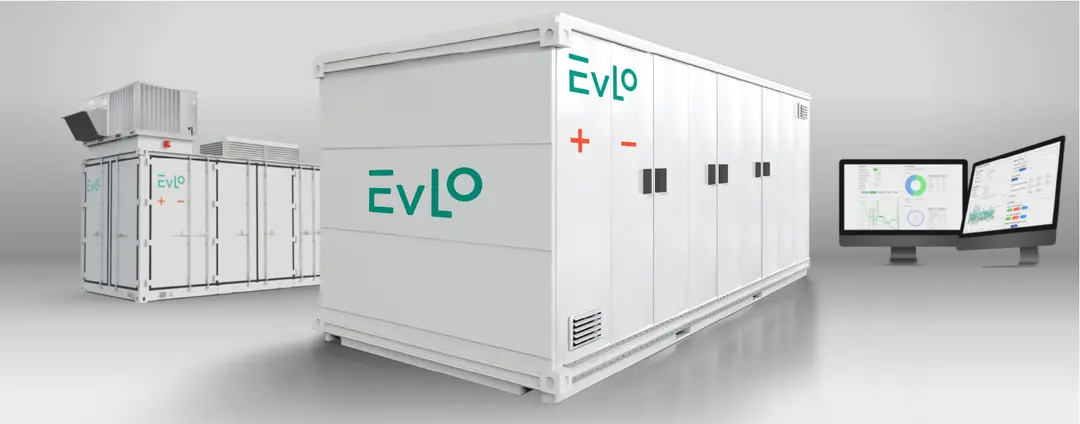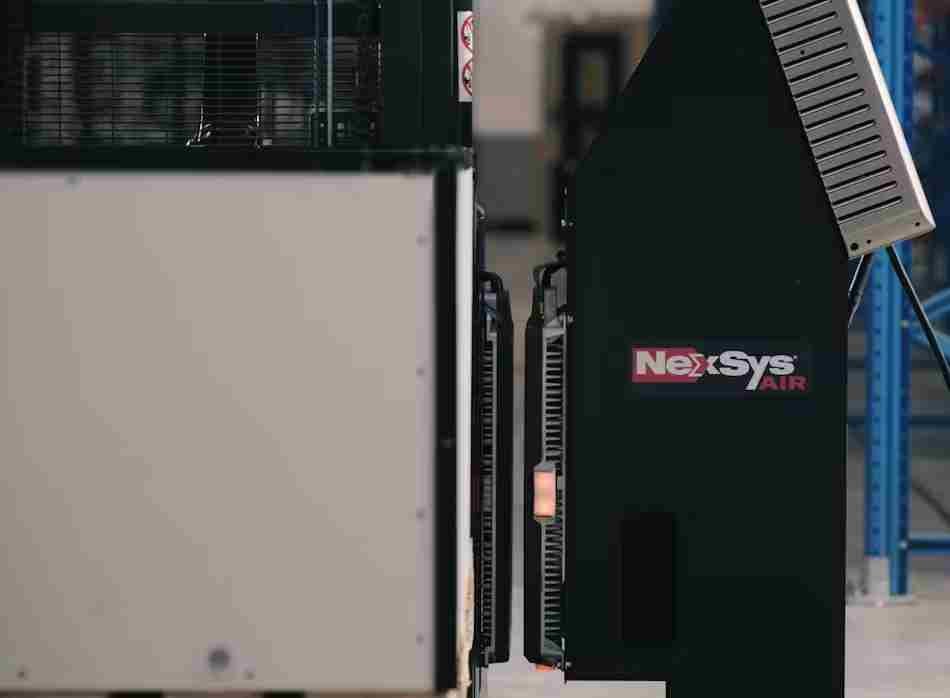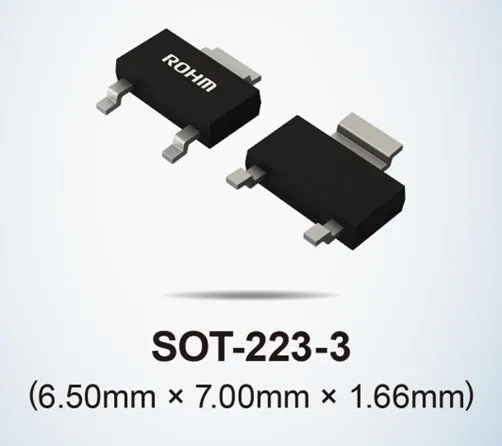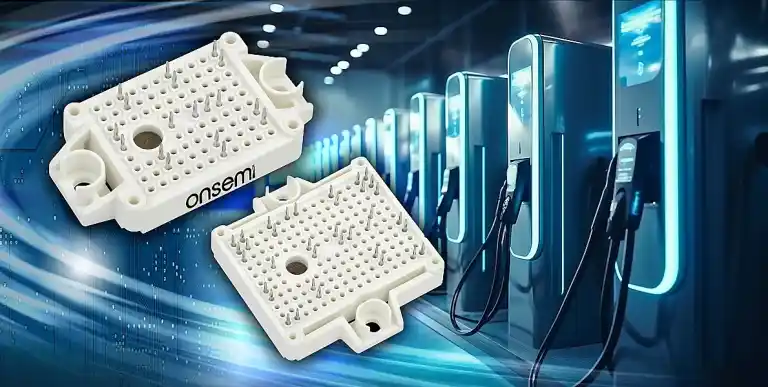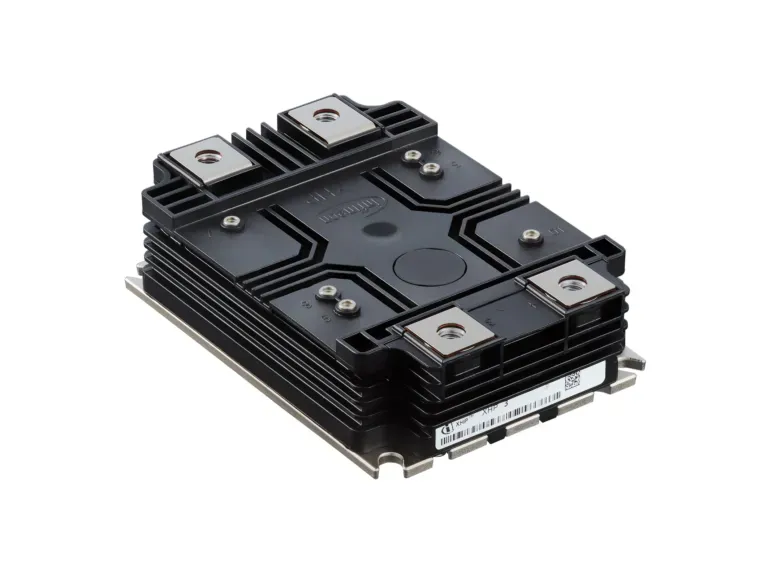
Onsemi has released upgrades to its F5BP power integrated modules (PIM) that combine silicon and silicon carbide (SiC) technologies to deliver more power density and better efficiency in utility-scale solar inverter and battery energy storage system (BESS) applications.
The improved PIMs increase the modules’ power rating from 300 kW to 350 kW. According to onsemi, the PIMs offer efficiency improvements equivalent to 2 MW per hour of power savings for a typical grid-scale solar generation facility, enough to power 700 homes.
Further, onsemi estimates that for each GW of installed capacity, a 0.1% improvement in efficiency equates to an operating savings of a quarter of a million dollars per year.
Enhancements drive the performance improvements to the integrated high-voltage IGBTs (insulated-gate bipolar transistors) and EliteSiC diodes that reduce switching losses and voltage flicker.
Sunrise for Solar
With an improving levelized cost of energy, solar power generation is quickly emerging as a preferred source for renewable power generation across the globe. To directly interface with the grid or power AC loads, sophisticated inverter circuits must convert the DC power generated from solar arrays to AC. Solar inverters must operate at utility-grade voltages and with high conversion efficiencies to remain competitive with other power sources.
Since solar energy production is intermittent, power generation plants also need local energy storage to balance the supply and demand for electricity and meet dispatchable power requirements for consumers.
Large-scale battery energy storage systems are increasingly deployed to meet energy storage requirements in solar power facilities, and inverter circuits play a key role in connecting the BESS to the solar power source and the AC grid.
Mixing Old and New Tech
Onsemi’s F5BP-PIMs are an interesting mix of old and new technology, combining IGBT technologies in commercial use for decades with SiC devices recently used in broader commercial adoption in electric vehicle powertrains and similar high-voltage, high-power density applications.
The upgraded power modules are available in either boost or inverter circuit configurations. The NXH500B100H7F5SHG module is configured as a two-channel flying capacitor boost module, with each channel using two 1000 V, 500 A IGBTs, and two 1200 V EliteSiC diodes.
Each module is contained in a 112 mm x 62 mm x 12 mm enclosure with PCB mountable through hole pins.

F5BP-PIM boost module schematic diagram. Image used courtesy of onsemi
Within a solar inverter, the boost circuit elevates and regulates the operating voltage from the solar panels, which can vary with the solar energy’s intensity. For the inverter circuit to operate properly, the DC bus voltage must exceed the grid voltage peak.
Direct bonded copper substrates within the PIM reduce stray inductance and thermal resistance. A copper base plate reduces thermal resistance to the heat sinks by nearly 10%, allowing for higher power operation and improved reliability over time.
According to Sravan Vanaparthy, vice president of the Industrial Power Division, Power Solutions Group at onsemi, the new power modules will improve the efficiency of solar power generation, ensuring less energy is wasted and pushing forward the adoption of carbon-free, renewable energy sources.



